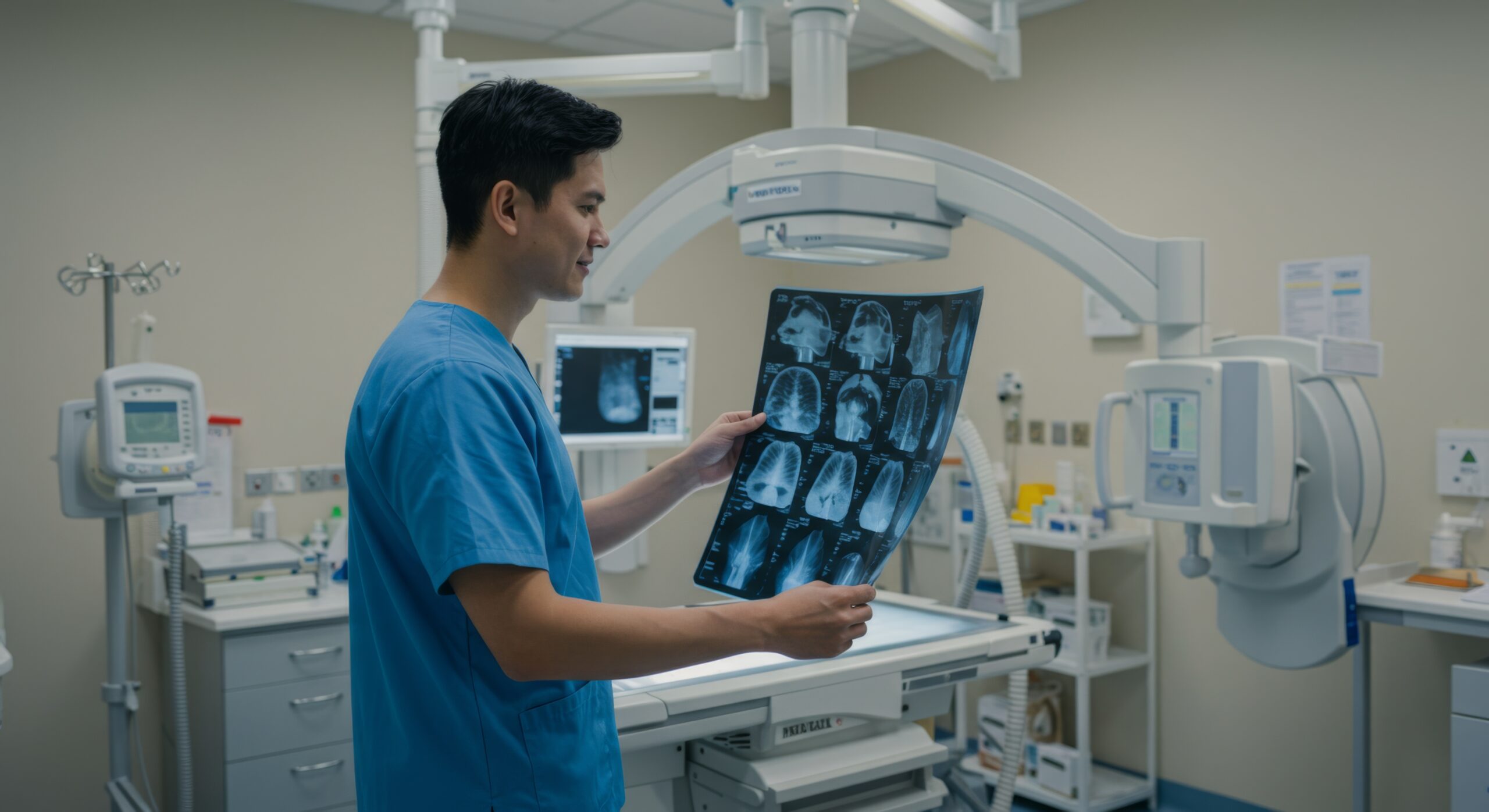Where Radiology Leadership Meets the Future
When I first started practicing medicine, the world of radiology looked very different. We had light boxes and film jackets, pagers buzzing in our pockets, and everything moved at a pace that now feels unthinkably slow. Back then, leadership in a radiology practice was about workflow management, keeping up with imaging volume, and making sure reports were delivered on time. Today, those core responsibilities still exist—but they’re joined by something much more complex: navigating the digital transformation of healthcare.
As CEO and co-founder of The Radiology Group, I’ve had the privilege of watching our field evolve rapidly—driven by cloud-based infrastructure, artificial intelligence, and consumer-grade expectations from patients and providers alike. Leading in this environment has been both exciting and humbling. The opportunities are immense, but so are the challenges. And at the heart of it all is a single guiding principle: people must come before platforms.
The Challenge of Constant Change
Running a radiology group today requires more than clinical expertise—it requires agility, vision, and a deep understanding of how technology intersects with human care. The pace of innovation is breathtaking. We’re constantly evaluating new software tools, AI algorithms, teleradiology models, and patient engagement solutions. But innovation isn’t always smooth. Change management is one of the most underrated challenges in healthcare leadership. Radiologists, like most clinicians, are trained to value precision, consistency, and caution. New tech can feel disruptive—even threatening.
That’s why one of my biggest responsibilities as a leader is creating a culture where innovation isn’t feared, but welcomed. That means building trust. It means being transparent about why we’re implementing a new system or workflow. It means involving our physicians early in the process and giving them a voice in how technology is applied.
There’s no shortcut here. You can’t just plug in a new platform and expect everyone to jump on board. You have to lead with empathy, and remember that behind every successful digital transformation is a group of people who feel respected, heard, and supported.
The Opportunity to Redefine Care
The flip side of all this change is opportunity—an opportunity to redefine what radiology can be. We’re no longer just “the doctors in the dark room.” With today’s tools, we can be visible, vocal, and valuable contributors to the full patient experience.
At The Radiology Group, one of our key priorities has been expanding access and improving quality across the board. That’s where cloud-native infrastructure and AI tools have helped tremendously. Our radiologists can work from anywhere, read more efficiently, and collaborate more easily with referring providers. This flexibility allows us to serve a wider range of clients—including underserved communities and smaller practices that might otherwise struggle to access subspecialty expertise.
Technology has helped level the playing field. But again, it only works if we remember the “why.” We’re not digitizing for the sake of going digital. We’re doing it to help people. That’s what keeps our team grounded.
Building a Culture of Shared Purpose
Culture is everything. No amount of advanced technology can compensate for a dysfunctional or disengaged team. And in radiology—where so much of our work is remote or asynchronous—it’s more important than ever to be intentional about building community.
We’ve worked hard to create a culture that prioritizes communication, mutual respect, and continuous learning. Whether it’s through mentorship programs, regular check-ins, or virtual town halls, we make sure our physicians feel connected—not just to the mission, but to each other.
Leadership in this space also means protecting our people. Burnout is real in radiology, especially as imaging volumes rise and turnaround time expectations tighten. That’s where technology can help, too—but only when used mindfully. AI can reduce the cognitive load. Smart scheduling can create more balance. And cloud flexibility means radiologists can work in ways that support their wellbeing—not erode it.
We’re just at the beginning of what’s possible. Radiology is going to become more predictive, more integrated, and more personalized. I believe we’ll soon see seamless fusion between imaging data, electronic medical records, and genomic insights. We’ll play a central role in not just diagnosing disease, but predicting and preventing it.
But to lead in this next chapter, we must stay grounded. We must hold onto the values that brought us into medicine in the first place. Integrity. Compassion. Curiosity. Service.
As I think about the future, I’m filled with optimism—not just because of the technology, but because of the people I work with every day. The radiologists, technologists, support staff, and partners who believe in doing great work for the right reasons. Together, we’re building something that’s not just digitally advanced—but deeply human.
And that, to me, is the real promise of radiology in the digital age.
